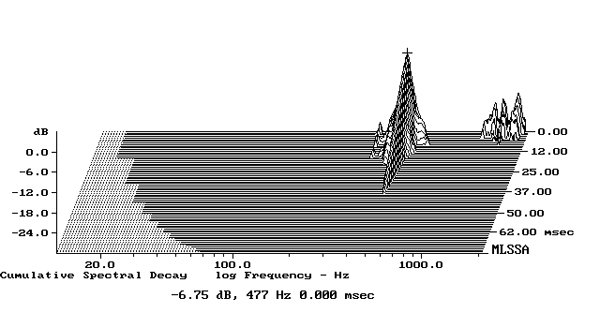Modern materials for enclosures and driver diaphragms produce less distortion, which is easy to measure. But I don't think they sound more musical lifelike. Imagine if musical instruments were built in the same way – then probably no one would listen to music anymore. So why choose materials that not allow for emotion and little timbre? There are companies that use the resonance of speaker enclosures to create a specific sound and they have been successful for 50 years.
Exactly. It is a different approach that is preferred by some listeners. I wonder if in the effort to reduce cabinet resonances to extreme degrees the speakers lose some of whatever it is that makes music come alive. Is it the amp/speaker combination? I would like to see some data on how often people change these newer low distortion speakers searching/hoping for something more enjoyable compared to those who have some other speakers that may be older and designed with a different approach and how often they change their speakers. I see a lot of upgrades for Magico Wilson Rockport speaker owners, and fewer for some of the vintage gear listeners, but it may just be my biased, meaningless, anecdotal observations.
An interesting topic for discussion might be the use by designers of specific materials to create specific presentations or sounds and why they do it. Is the target realism or some sound that distinguishes the brand from others hoping to attract a few customers who share the same preferences. After decades of development, are system presentations actually converging or diverging? Perhaps the bulk of gear souds better over time, but do the best examples actually sound better now or before and how are they different?








